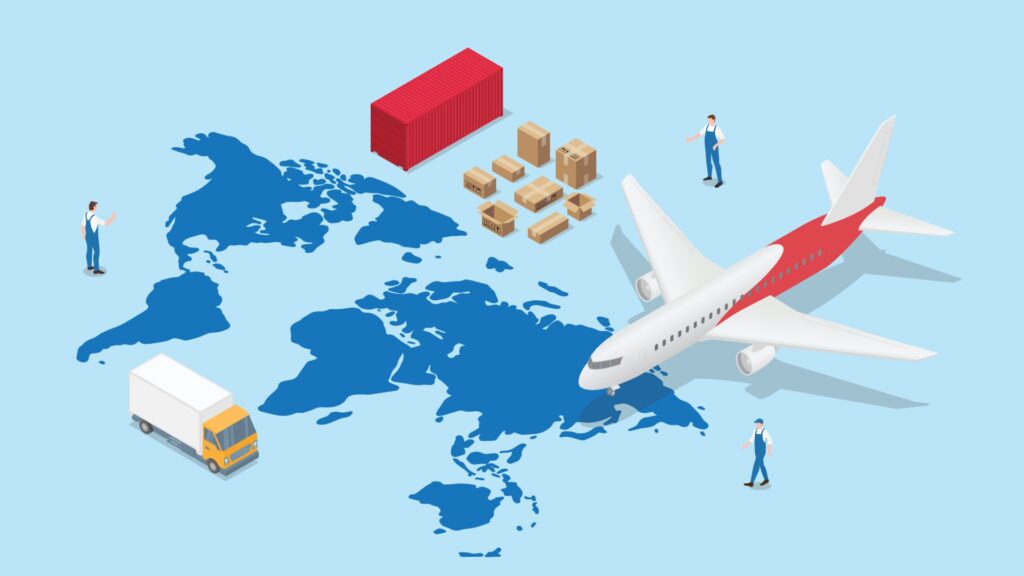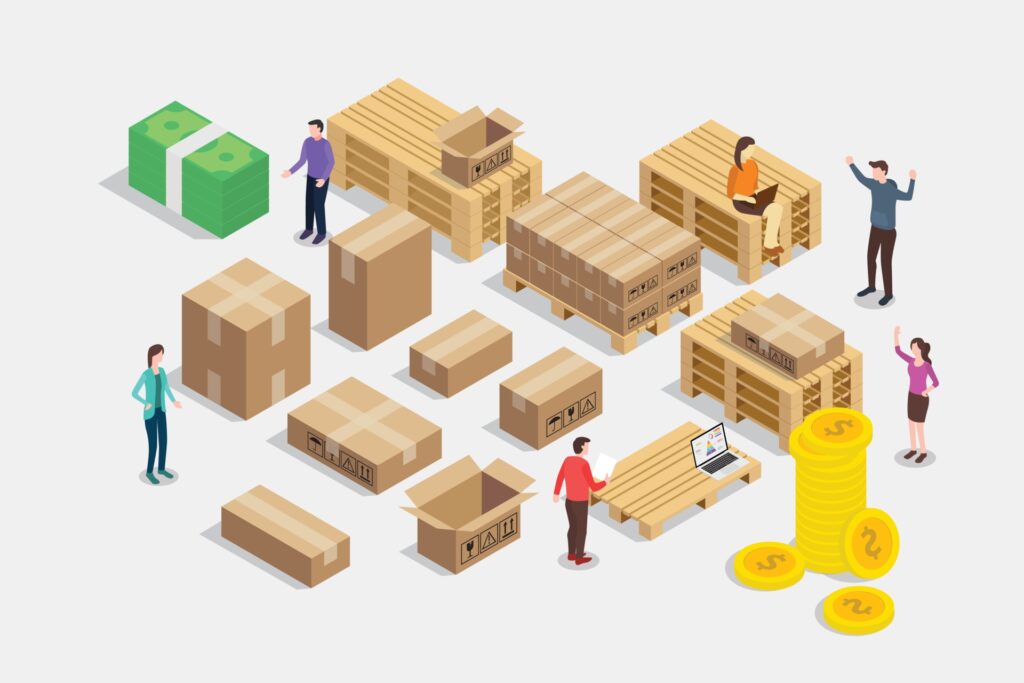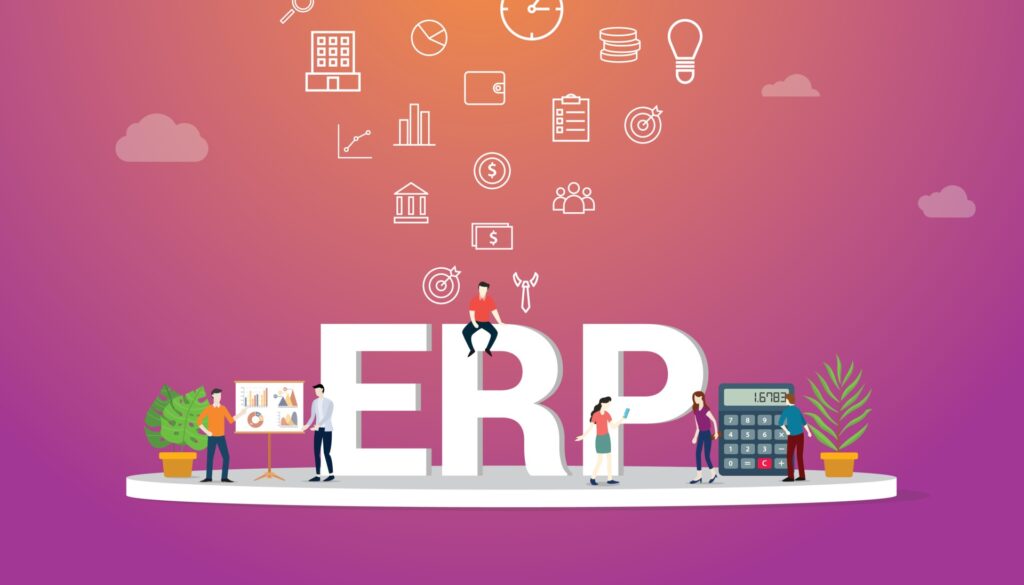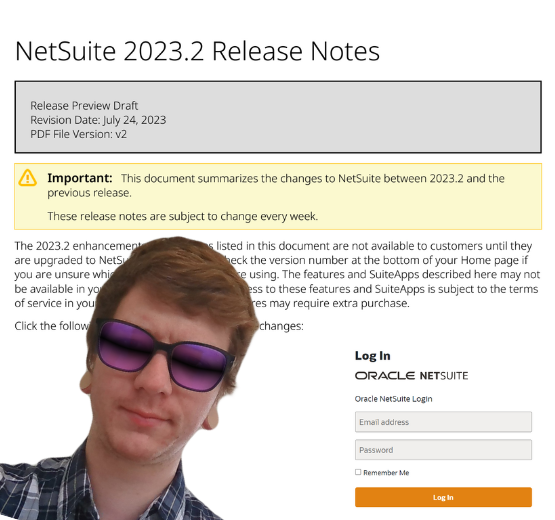Manufacturers are having a promising mid-2023 – though this optimism isn’t without a few challenges that remain on the horizon. Rising costs, inflation, labour shortages, and sustainability concerns are all major pain points felt by many discrete manufacturers at the moment. Both businesses and individuals are having to tighten their belts, leading to unpredictable demand for products of all kinds.
In times like these, it makes sense for manufacturers to hope for the best but brace for the worst and be prepared to take opportunities when recovery really sets in.
No service provider can wave a magic wand and fix problems – but the right technology can help manufacturing companies build resilience and flexibility… and grow. Before we get to that, let’s explore the current situation for manufacturers.
Positive but Precarious: The Current State of Play in 2023
First, let’s explore the current cautious optimism in UK manufacturing. We’ll start with some good news:
- According to IoD research, business leaders’ optimism about the UK economy recently rose for the fifth month in a row.
- The same research states that, as of May this year, most business leaders felt that UK inflation has either peaked or will do so by Winter 2023.
- British manufacturers enjoyed a sizable increase in output volumes in the first quarter of this year, bouncing from +5% to +21%.
- UK manufacturers have seen upward trends in both UK and export orders during Q1 2023.

Now, let’s take a look at some of the less welcome figures to those in discrete manufacturing:
- Companies in manufacturing are feeling the labour shortage pinch quite sharply. 36% of manufacturing vacancies are proving hard to fill due to lack of experience and qualifications.
- There is a palpably decreasing appetite for work in the manufacturing sector. Randstad cites a lack of available flexibility, low wages, and a negative perception of the industry as likely barriers.
- Individuals and businesses are struggling with rising costs, escalating inflation, and a “cost-of-everything” crisis, so demand for discrete goods may currently seem rather bleak.
- Sustainability and rising energy costs remain valid concerns for many businesses.
So, with challenges in sight but cautious optimism doing the rounds, could now be the right time to invest in an Enterprise Resource Planning (ERP) solution? Using the true cloud solution Oracle NetSuite as an example, let’s explore how implementing such business software architecture could help add much-needed flexibility and resilience to your manufacturing business.
6 Discrete Manufacturing Challenges that NetSuite Provides the Solution for
1. Pressure on cash flow

Making the right savings can help you widen your margins and therefore increase profits, and smart inventory management can reduce capital being tied up. NetSuite provides a real-time view into all of your inventory across locations. Using its inventory management capabilities, NetSuite can use sales data to set reorder points, helping businesses maintain optimal stock levels, in turn improving cash flow and boosting profitability.
NetSuite users can also benefit from a demand planning module which uses historical data and sales forecasts to help you plan future demand. NetSuite’s financial planning functionality makes it simple to explore departmental, country-wide, or company-wide financials and allows analysts to explore “what-if” scenarios, which can prove invaluable for business continuity planning.
NetSuite – and any good ERP system for that matter – will often allow for a number of different billing models, removing some of the complexity from the billing process and potentially help you get payments in the bank all the quicker!
2. Labour shortages

A shortage of workers is a very broad problem, and one that is not necessarily going to be solved by an investment in tech. However, the right technology can help companies work smarter and not harder in myriad different ways.
NetSuite, for example, recently rolled out intelligent picking functionality in its 2023.1 Release which helps maximise warehouse productivity by keeping order-pickers within allocated zones, only pooling items that go together as a set or kit once they reach the packing stage.
NetSuite’s Warehouse Management System also allows workers to carry out warehouse processes on a smartphone or tablet, so they aren’t tied to an inefficient, shared warehouse PC. They can even reallocate stock items on the fly to strategically prioritise fulfillable orders. This saves allocated stock from piling up, helps decrease incomplete orders, and gets more orders out the door.
Because ERP systems help to completely join up departmental functions, they provide impeccable visibility into the part the warehouse plays in the wider business; from low stocks, to purchasing, to stock allocation, to order fulfilment.
Warehouse and fulfilment managers are also given full visibility over workflows and can generate a vast range of reports to explore productivity and order-turnaround metrics.
Are you researching a variety of ERP solutions? Head over to our deep dive comparisons – NetSuite Vs Microsoft Business Central and NetSuite Vs SAP Business One
3. Procurement and supply chain

Any ERP worth its salt should help companies save both time and money within their purchase ordering processes. For example, in NetSuite, suppliers, terms, and purchase orders can all be centrally managed, and users can even benefit from automated purchase ordering if they so wish. By operating within customisable procurement workflows, NetSuite removes much of the complexity associated with this business-critical, cost-sensitive process.
NetSuite also provides excellent visibility into your supply chain, so you can gain real-time visibility into your suppliers’ status with reports and alerts. This visibility can help you act on cost variances and supply chain issues promptly.
The aforementioned ability to explore hypothetical “what-if” scenarios can also help you understand how changes to procurement, for example bringing on a new supplier, will impact the rest of your operations.
4. Maximise efficiency

Simply having a single window through which you can interrogate your entire business can be a real boon to efficiency. You can use your ERP platform’s business-wide visibility and analytics to identify inefficiencies and sticking points that may be withering profits.
As well as providing potential order fulfilment and warehousing efficiency gains, NetSuite also provides the ability to build your own automation-driven processes. The accounts payable invoice-to-pay process can be automated and infused with AI; and includes recommendation algorithms within its CRM which can automatically suggest appropriate up-sells and cross-sells. And because these AI tools use machine learning, they get better and more accurate the more you use them.
5. Sustainability and energy costs

This is another tough issue for a single point of technical change to tackle. However, the right technical change can have a positive impact on energy consumption.
Totally cloud-based platforms like NetSuite are totally accessed online, through a web browser. That means there is no local software to house or run, so you don’t need to invest in costly, energy-guzzling, on-premises servers to use it.
Through added modules, NetSuite helps you completely map out your supply chain, so you can better ensure that your suppliers are behaving ethically – which can include focusing on green initiatives.
Additionally, NetSuite states that they eliminate the production of more than 432,000 metric tons of CO2 each year globally.
6. Complete business visibility

One common issue, not unique to manufacturers, is establishing a business-wide, granular knowledge of the facts. Being blind to the day-to-day operations of a business can negatively impact how that business is managed, and information that is siloed between teams can wither inter-departmental collaborative spirit.
ERP solutions are a perfect solution for leaders who need a broader view of the business as a whole. Because ERPs handle such a vast range of business functions, they provide a broad yet granular visibility into your entire operation.
When using an ERP that’s set up to fully meet your needs, whatever internal information you’ll ever need is probably a few clicks away; regardless of department focus, desired data point, or strategic requirement. If you want to leave no stone unturned, an ERP renders no stone unturn-able!
NetSuite users naturally enjoy this impeccable level of visibility, but through its data warehousing features, you can upload historic data to analyse long term trends that have been present before NetSuite became a staple within your business.
If you’re a manufacturer looking to work smarter not harder with an ERP – whether you’re already using NetSuite or not – the team at BrightBridge would love to hear from you. Request a call back from one of our technicians today!
Keep reading

What is a NetSuite implementation partner? How do you choose one?

Technology fit for total customer service in 2024

Retail and wholesale distribution: how to improve supply chains

Ditching Sage 1000: what you need to know from businesses that have done it

6 ways AI-ready Microsoft Dynamics 365 helps chartered associations serve members

6 retail and wholesale distribution challenges and how NetSuite solves them

The most exciting features in Microsoft Dynamics 365 2023 Release Wave 2

How to manage a new NetSuite Release: one expert's update process

What’s in NetSuite Release 2023.2?

